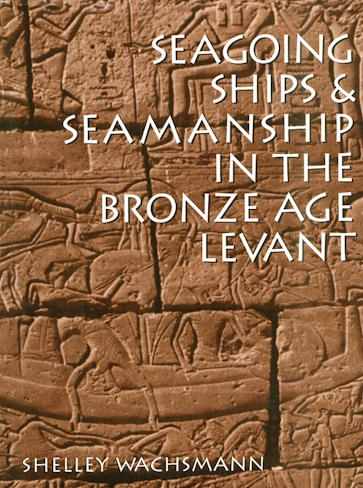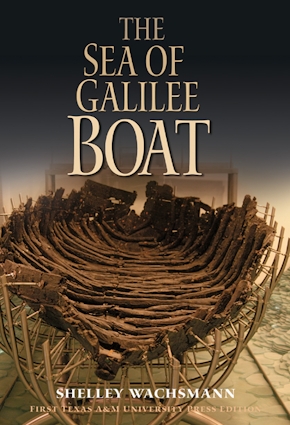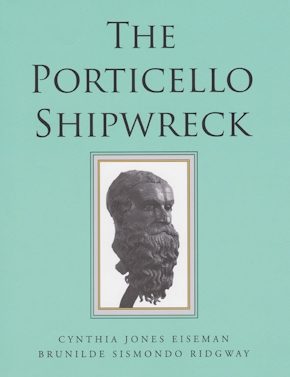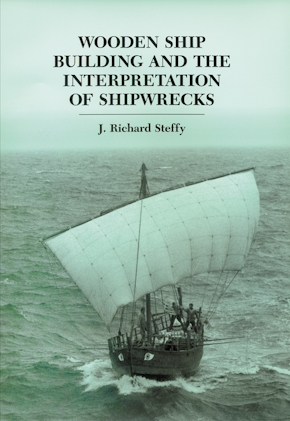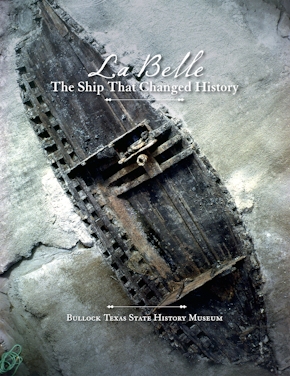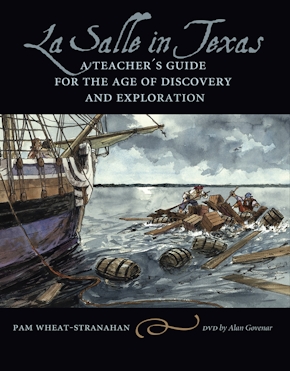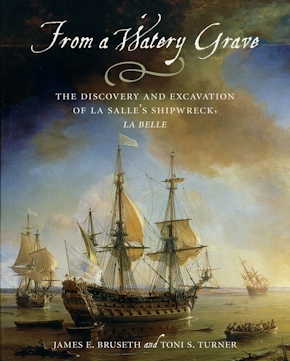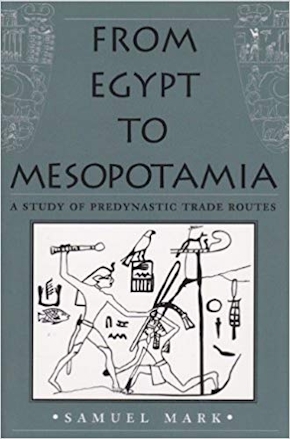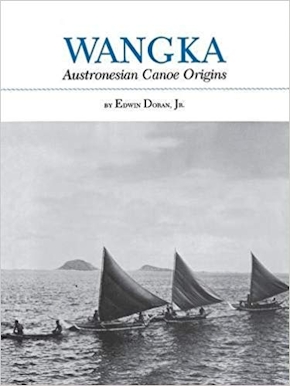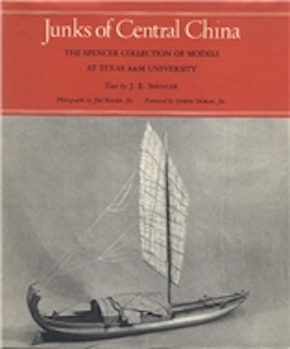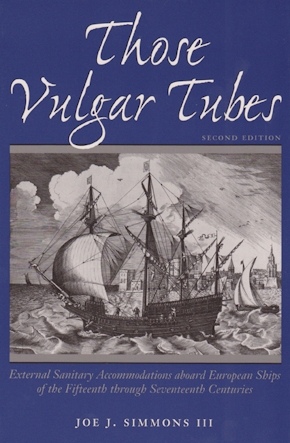Seagoing Ships and Seamanship in the Bronze Age Levant
978-1-60344-080-6 Paperback
8.5 x 11 x 0 in
448 pp. 170 b&w photos., 509 line art.
Pub Date: 12/17/2008
Available
In Seagoing Ships and Seamanship in the Bronze Age Levant Shelley Wachsmann presents a one-of-a-kind comprehensive examination of how the early eastern Mediterranean cultures took to the sea--and how they evolved as a result. The author surveys the blue-water ships of the Egyptians, Syro-Canaanites, Cypriots, Early Bronze Age Aegeans, Minoans, Mycenaeans, and Sea Peoples, and discusses known Bronze Age shipwrecks. Relying on archaeological, ethnological, iconographic, and textual evidence, Wachsmann delivers a fascinating and intricate rendering of virtually every aspect of early sea travel--from ship construction and propulsion to war on the open water, piracy, and laws pertaining to conduct at sea.
This broad study is further enhanced by contributions from other renowned scholars. J. Hoftijzer and W. H. van Soldt offer new and illuminating translations of Ugaritic and Akkadian documents that refer to seafaring. J. R. Lenz delves into the Homeric Greek lexicon to search out possible references to the birdlike shapes that adorned early ships' stem and stern. F. Hocker provides a useful appendix and glossary of nautical terms, and George F. Bass's foreword frames the study's scholarly significance and discusses its place in the nautical archaeological canon.
This book brings together for the first time the entire corpus of evidence pertaining to Bronze Age seafaring and will be of special value to archaeologists, maritime historians, philologists, and Bronze Age textual scholars. Offering an abundance of line drawings and photographs and written in a style that makes the material easily accessible to the layperson, Wachsmann's study is certain to become a standard reference for anyone interested in the dawn of sea travel.
Ed Rachal Foundation Nautical Archaeology Series
About the Author
Reviews
Published by Texas A&M University Press
